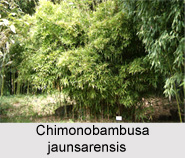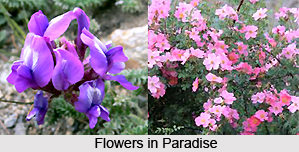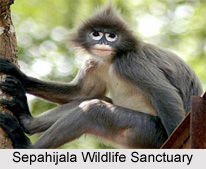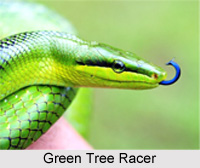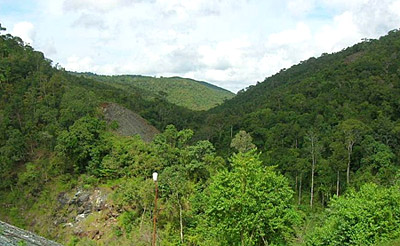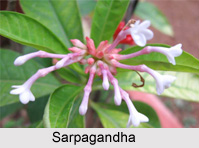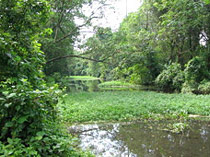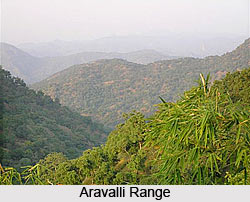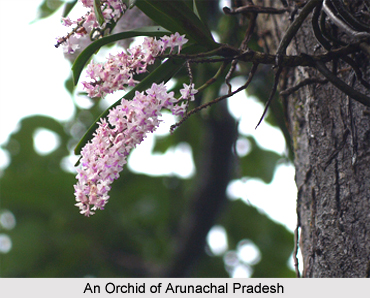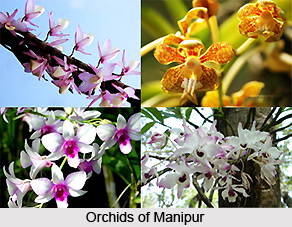Gundla Brahmeswara Wildlife Sanctuary is one the popular sanctuaries of Andhra Pradesh. The sanctuary lies between Kurnool District and Prakasam District and is situated at a distance of 30 Km. from Nandyal. The sanctuary covers an area of 1194 sq. km. The sanctuary boasts of housing hundreds of different species of animals, reptiles and birds and is also rich in fauna.
Gundla Brahmeswara Sanctuary has received its name from the Gundla Brahmeswara plateau on which it is located. The sanctuary is stretched over the Nallamallai hill range and incorporates lovely valleys and green plateaus. The perennial river is the main source of water supply to the animals and the lush surrounding while the valleys and the thick forests offer a secure shelter to the animals. One interesting fact about Gundla Brahmeswara Sanctuary is that it is the last remaining tract of forests of Nallamalai.
Climate of Gundla Brahmeswara Wildlife Sanctuary
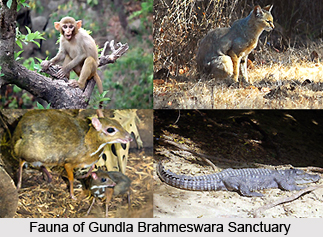 The climate of the Gundla Brahmeswara Wildlife Sanctuary region usually remains hot throughout the year. Most of the precipitation occurs during the month of monsoon. Maximum temperatures in summer soar in the range of 40-45 Celsius. Winters in the Gundla Brahmeswara Wildlife Sanctuary are usually mild. The best time to visit the sanctuary is during the months of October to May.
The climate of the Gundla Brahmeswara Wildlife Sanctuary region usually remains hot throughout the year. Most of the precipitation occurs during the month of monsoon. Maximum temperatures in summer soar in the range of 40-45 Celsius. Winters in the Gundla Brahmeswara Wildlife Sanctuary are usually mild. The best time to visit the sanctuary is during the months of October to May.
Flora and Fauna of Gundla Brahmeswara Sanctuary
The Gundla Brahmeswara Sanctuary houses a variety of animals, birds and plants. The sanctuary is rich in flora that has immense ethno-botanical value. The various types of plants comprises of Teak, Shisham, Boswellia, Terminalia, Dalbergia, Andug, Prerocarpuss, Albizzia, Anogeissius, Dalbergia, Boswelia and Bamboo.
The Gundla Brahmeswara Wildlife Sanctuary also serves as a natural habitat for a variety of animals. It provides shelter to animals like tiger, panther, sloth bear, wild dog, hyena, jungle cat, langur, bonnet monkey, pangolin, sambar, nilgai, chowsinga, chinkara, mouse deer, monitor lizard, python and marsh crocodile. Few of these species are even considered endangered animals. The Mouse deer and the Langur are the main attractions of the Gundla Brahmeswara Wildlife Sanctuary
The Gundla Brahmeswara Wildlife Sanctuary has diverse biodiversities that attract many nature enthusiasts to pay a visit this place. Tourists are offered with good accommodation facilities. There is an Inspection bungalow at Nandyal and a Forest Rest House at Diguvametta.
Gundla Brahmeswara Sanctuary is easily accessible by road, rail and air. By road it is well connected from the town from Kurnool, which is only 100 kms away from the sanctuary. The nearest railway station is Nandyal Railway Station which is merely at a distance of 30 kms away from the Gundla Brahmeswara Wildlife Sanctuary. Hyderabad is the nearest airport to reach the Gundla Brahmeswara Wildlife Sanctuary.
